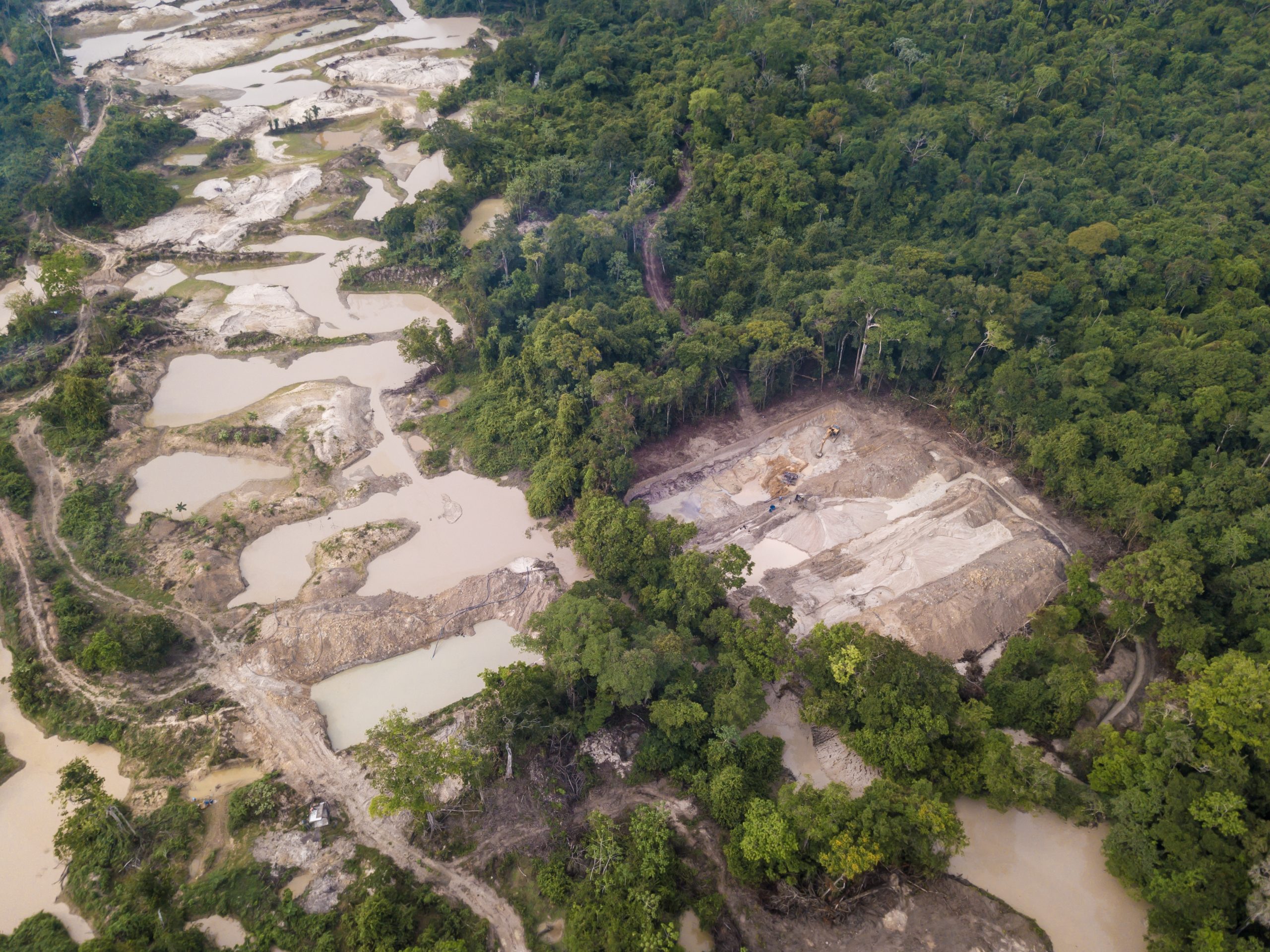The U.S. Can Play a Powerful Role in Reducing the Financial Incentives Driving this Criminal Economy
WASHINGTON, DC – Illegal gold mining has become one of the largest and fastest-growing illicit economies in the Western Hemisphere, with devastating impacts for regional security, human rights, and the environment. As both a major destination for laundered gold and a central node in global finance, the United States holds powerful tools to disrupt illicit gold networks.
The FACT Coalition’s latest report, Addressing Illegal Gold Mining in the Western Hemisphere: New Approaches for U.S. Policy, examines the devastating effects of illegal gold mining with a focus on how the U.S. financial system facilitates the laundering of illicit gold profits. As one of the largest consumer markets for gold, the U.S. plays a pivotal role in the multi-billion-dollar illicit gold trade. By tightening oversight, closing legal loopholes, and restoring enforcement capacity, the U.S. can shift the cost-benefit calculus for criminal actors who see illegal mining as low risk, high reward.
“Illegal gold mining is a regional crisis that undermines the rule of law, damages the environment, and fuels organized crime,” said Julia Yansura, Program Director for Environmental Crime and Illicit Finance at the FACT Coalition. “With significant gaps in our anti-money laundering regulations and trade policies, the U.S. has become a hub for the proceeds of this crime, empowering criminal networks and authoritarian regimes in the process.”
One key example outlined in the report is Colombia, where illegal gold mining now generates more profit for organized criminal groups than cocaine. Much of this gold is laundered through shell companies and complicit refineries, then funneled into U.S. financial and real estate markets, exploiting opaque ownership structures to remain anonymous. The U.S. remains the largest purchaser of Colombian gold – with imports totaling approximately $1.4 billion in 2023 alone – 80 percent of which is estimated to be the product of illegal mining.
Peru, however, stands out as the epicenter of the region’s illegal gold mining crisis. The country accounts for nearly half of Latin America’s illicit gold trade, driven by soaring gold prices and compounded by weak governance, a large informal mining sector, and transnational smuggling networks. The United States remains a major market for Peruvian gold, with Peruvian gold exports to the U.S. nearing $1 billion in 2023.
“Illegal gold mining is not just an environmental issue, it’s a security issue,” said Yansura. “The U.S. needs to take more decisive action to stop these illicit flows of gold that are funding criminal activity and authoritarian regimes.”
FACT’s report includes a set of policy recommendations for U.S. Congress and the Executive Branch, aiming to close loopholes in the U.S. anti-money laundering framework and to support international efforts to tackle illegal mining.
Key recommendations include:
- Passing the United States Legal Gold and Mining Partnership Act, which would establish a multi-year strategy to reduce the environmental and social impacts of illegal gold mining in the Western Hemisphere.
- Making illegal gold mining an underlying, or “predicate” offense for money laundering, which would help U.S. prosecutors target illicit gold profits more effectively.
- Addressing cross-border smuggling of illegal gold by adding gold to the $10,000 threshold for cross-border currency reporting.
- Establishing a specific U.S. sanctions program targeting environmental crimes, including illegal gold mining.
- Fully implementing the Corporate Transparency Act (CTA) to end the abuse of anonymous companies by international and domestic criminals, including those involved in the illicit gold trade.
- Resuming recently-cancelled funding for international projects related to combating illegal gold mining, in line with U.S. interests.
###

